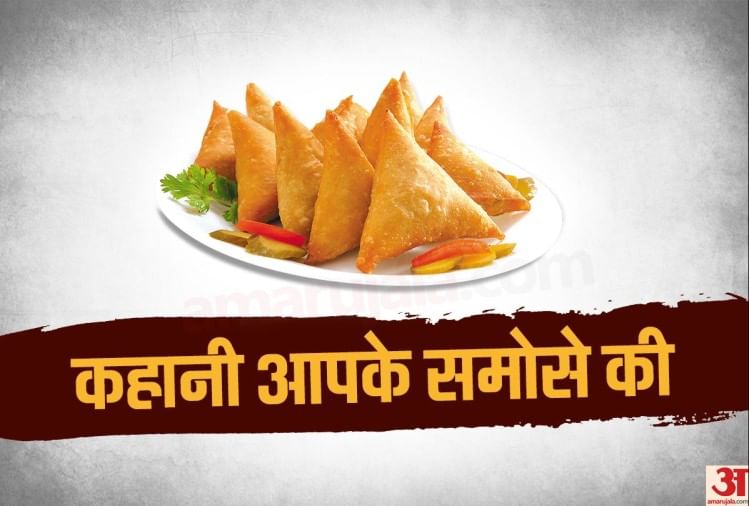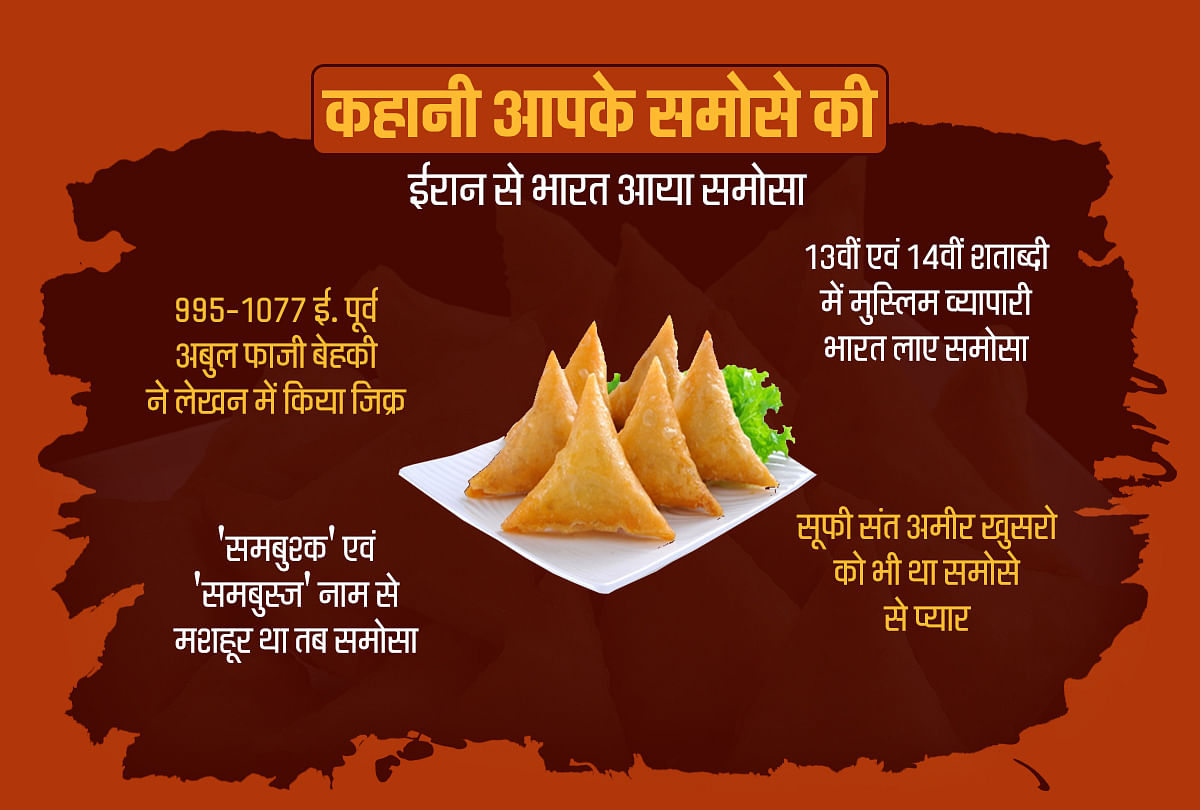
42 साल के हरिशंकर दूबे, नोएडा में समोसे बेचते हैं। समोसे से होने वाली कमाई से ही परिवार का भरण-पोषण होता है। बस्ती के रहने वाले हैं। खोड़ा में कमरा किराये पर लेकर रहते हैं। उन्हेें नहीं पता कि समोसा कहां से भारत आया जबकि पिछले चार सालों से समोसा बनाने और बेचना ही उनका व्यवसाय है। हरिशंकर को यह भी नहीं पता कि समोसा आखिर तिकोना ही क्यों बनता है, बचपन से ही समोसे को तिकोना देखा, और जब समोसा बनाने शुरू किए तो तिकोना ही बनाया। हरिशंकर दूबे की ही तरह कई समोसे बेचने, बनाने और समोसे खाने वालों को नहीं पता कि समोसा कहां से भारत आया और कैसे हमारे स्वाद में मिलकर बच्चों से लेकर बड़ों तक का पसंदीदा बन गया।
Harishankar Dubey, 42, sells samosas in Noida. Samosas earn the family from their earnings. Habitation residents They rent a room in Khoda. They do not know from where Samosa came to India whereas for the last four years making and selling samosa is their business. Harishankar does not even know why samosa becomes trikona, he saw samosas from childhood, and when he started making samosa, he made trikona. Like Harishankar Dubey, many samosas who sell, make and eat samosas do not know where samosa came to India and how our tastes combined became a favorite from children to elders.
समोसा, ईरान से भारत आया और भारतीय स्वाद में घुल-मिल गया। रेहड़ी एवं फुटपाथ से लेकर बड़े-बड़े होटलों की दहलीज पर इतराने लगा। हर भारतीय घर के स्वाद में चटखारे मारने लगा। बच्चों से लेकर बूढ़ों तक के दिल का अजीज पकवान बन गया। छुट्टी हो या पिकनिक, मेहमान आए हों या दोस्त, समोसे के स्वाद के बिना कोई भी पार्टी पूरी नहीं होती। सभा हो या संगोष्ठी चाय के साथ समोसा ही भाता है।
Samosa came to India from Iran and blended in Indian tastes. From the street and footpaths to the threshold of big hotels began to flutter. Every Indian started gobbling in the taste of home. From children to old people became an amazing dish of heart. A holiday or picnic, guests come or friend, no party is complete without the taste of samosas. Samosa is pleasing with a gathering or seminar tea.

अपने आस-पास देख लीजिए कोई ऐसा बाजार नहीं जहां आपको मुस्कराता समोसा न दिखें।गर्मागर्म तेल में तलता समोसा अपनी तरफ न खींचे। लेकिन आपका यह समोसा भारतीय नहीं है बल्कि दूर देश से भारत आया हुआ है।
Look around you, there is no market where you do not see smiling samosa. Do not pull the samosa fried in hot oil. But this samosa of yours is not Indian but has come to India from a far away country.
लेखन में समोसे का जिक्र कई सौ साल पहले से मिलता है। बताया जाता है कि सबसे पहले समोसे का जिक्र ईरान के इतिहासकार अबुल फाजी बेहकी (995-1077 ई.) ने किया। उन्होंने समोसे का वर्णन 'समबुश्क' एवं 'समबुस्ज' नाम से किया। मुस्लिम व्यापारी समोसे को भारत लाए। यह 13वीं एवं 14वीं शताब्दी का दौर था जब समोसा व्यंजन भारत आया और इस डिश को मुस्लिम राजवंशों का सरंक्षण मिला। यह उनके प्रिय पकवान में शामिल हो गया।
Samosa is mentioned in writing from several hundred years ago. It is said that Samosa was first mentioned by Iranian historian Abul Fazi Behaki (995-1077 AD). He described samosas as 'Sambushka' and 'Sambusz'. Muslim traders brought Samosas to India. It was during the 13th and 14th centuries when the samosa dish came to India and this dish got protection from the Muslim dynasties. It joined their beloved dish.




0 टिप्पणियाँ